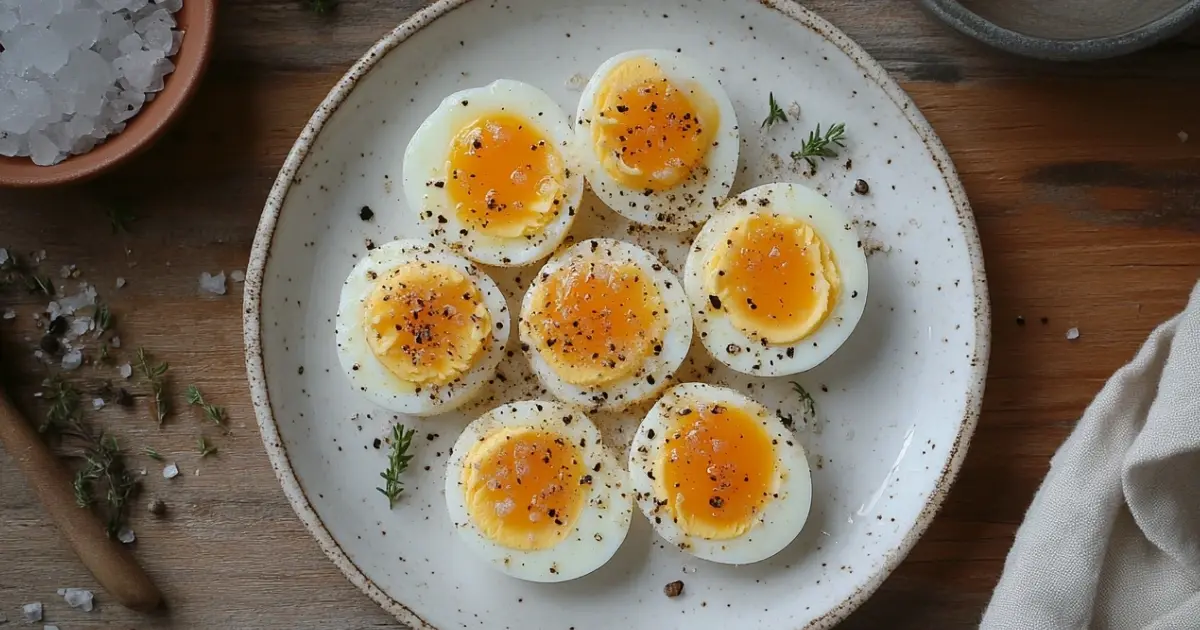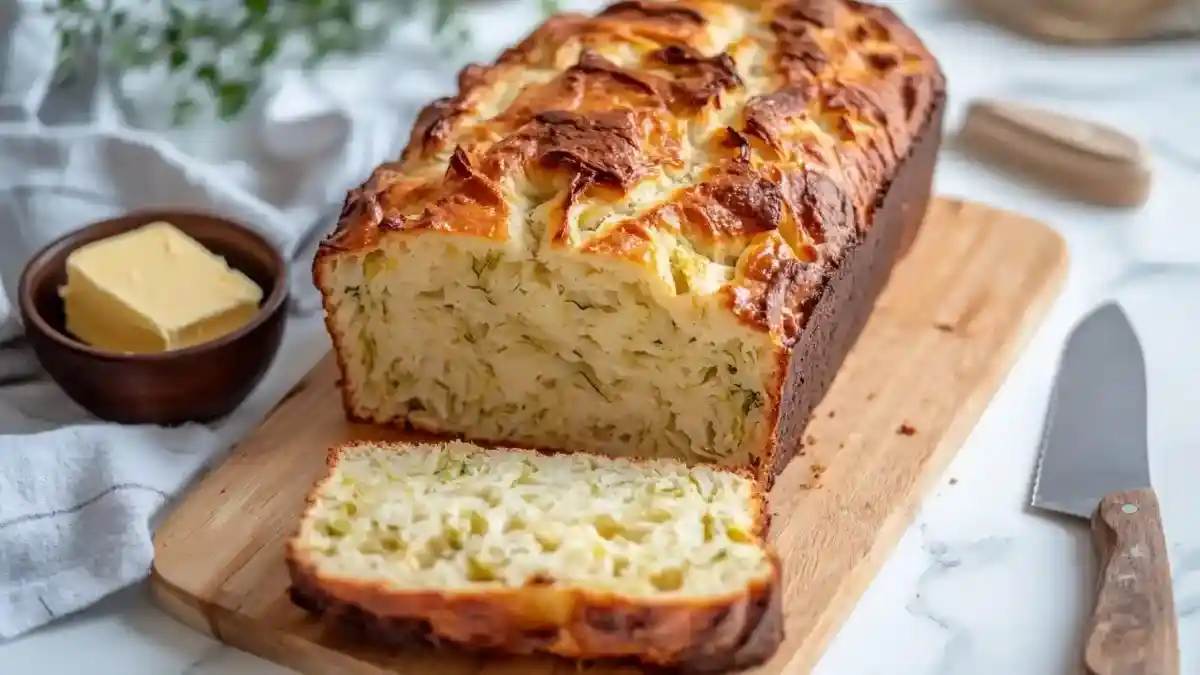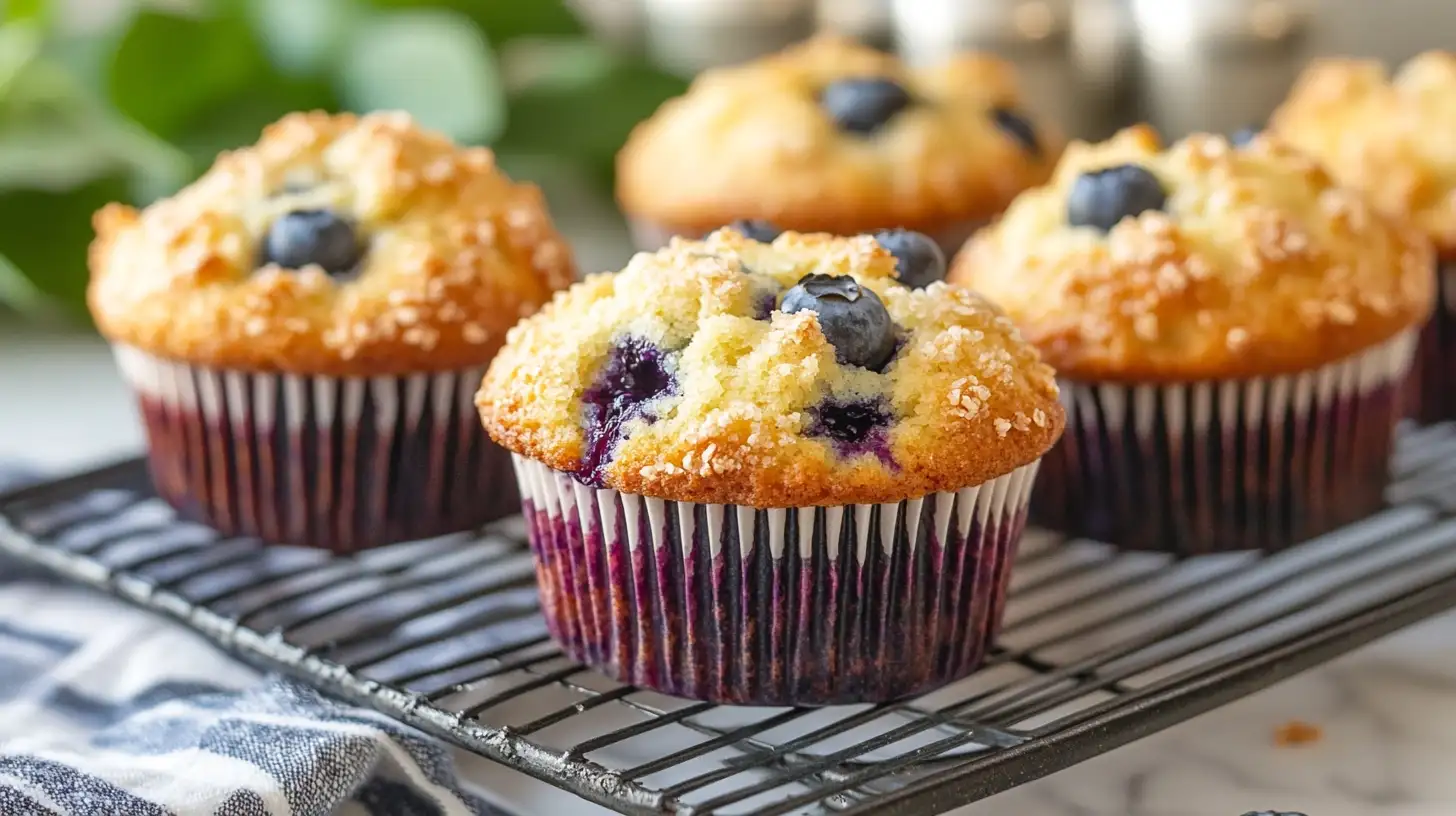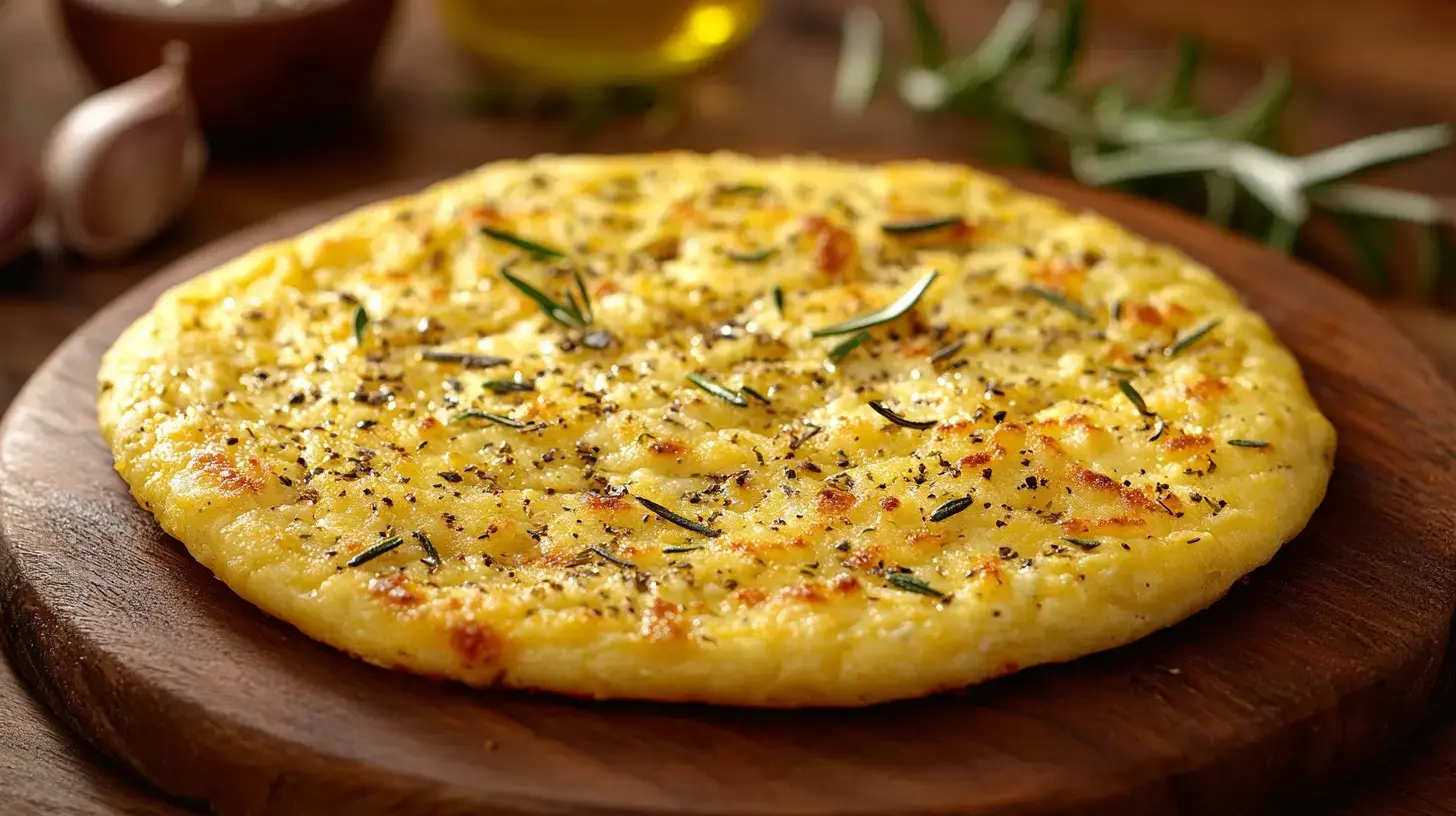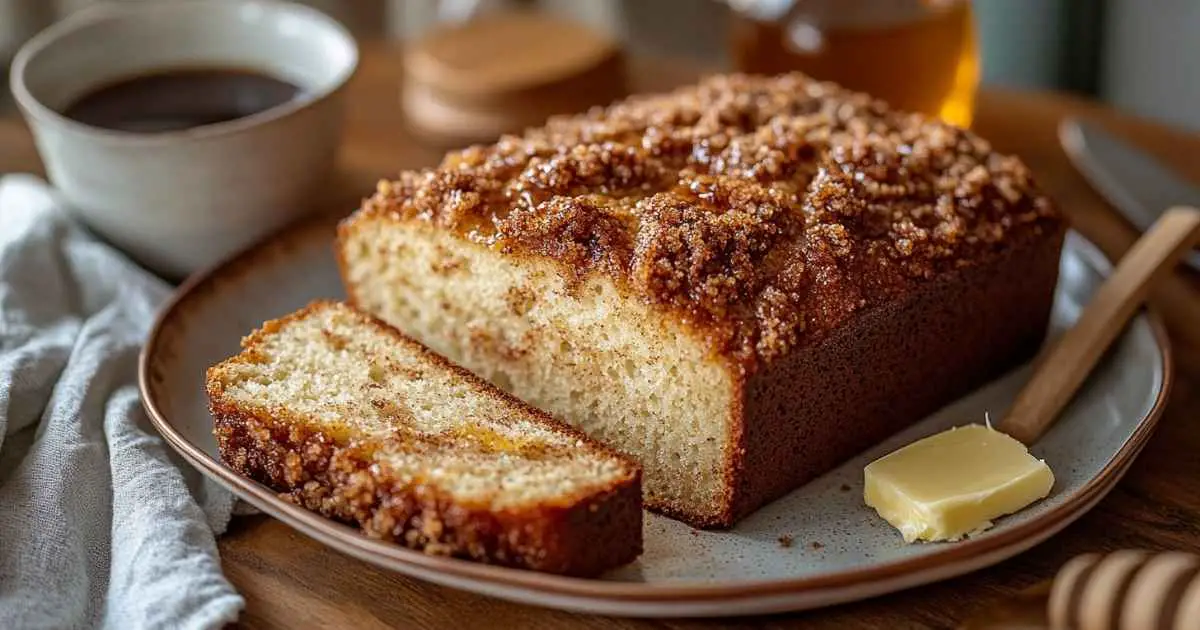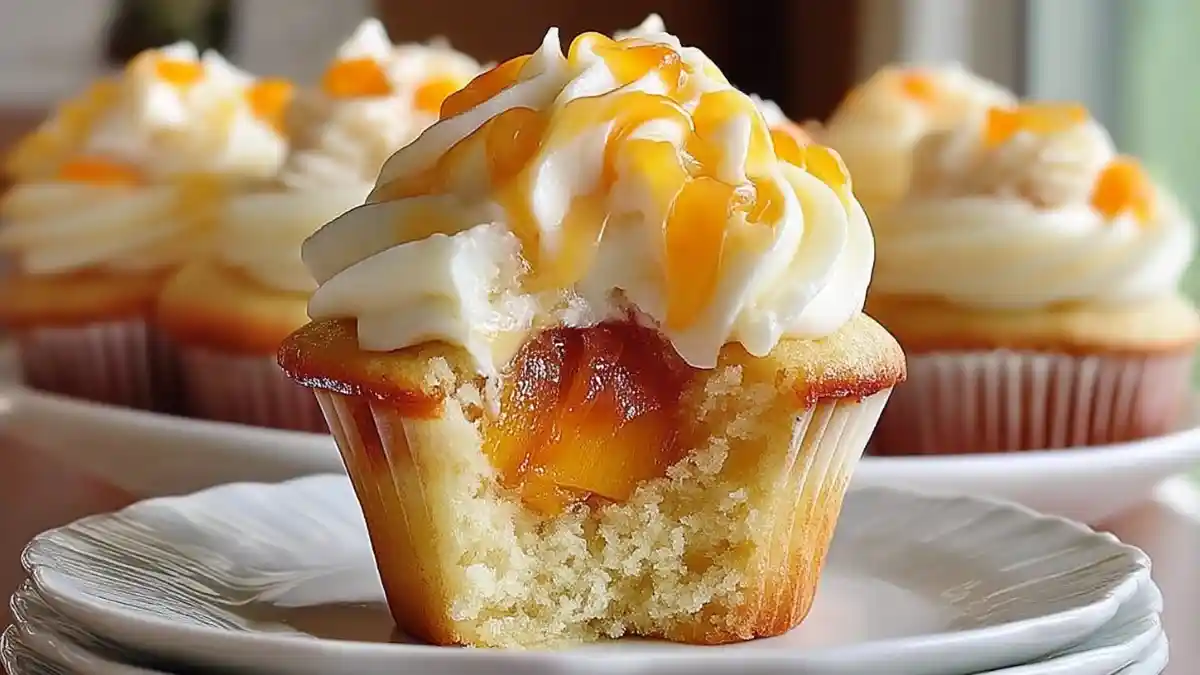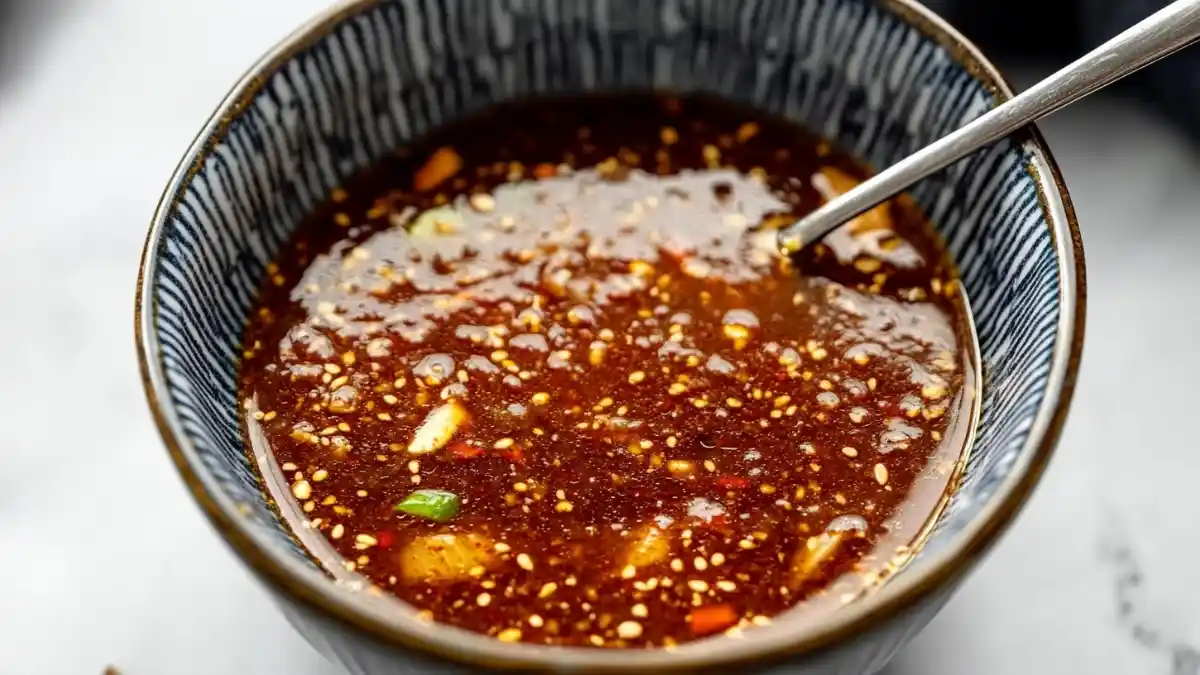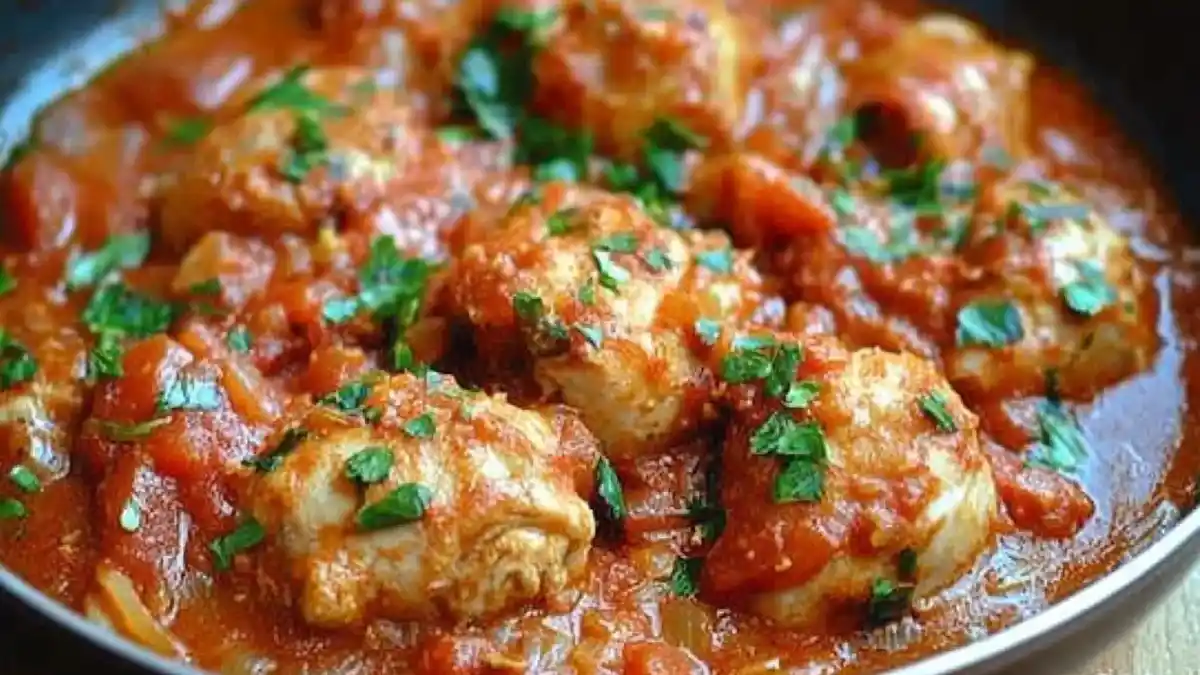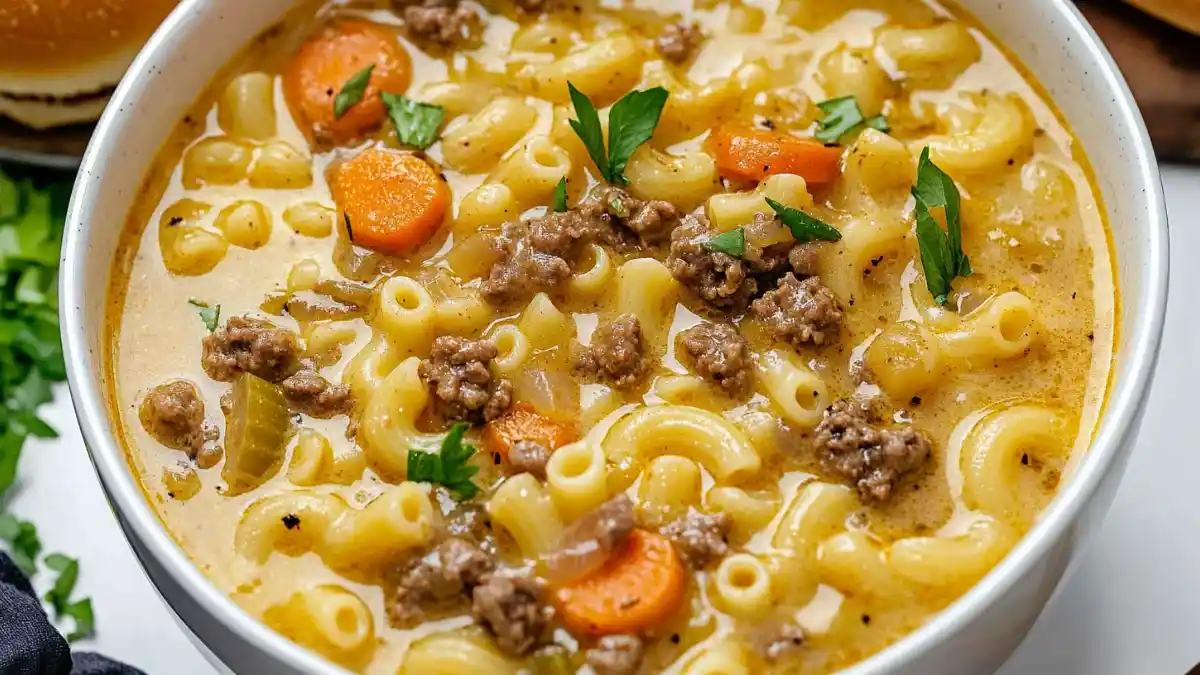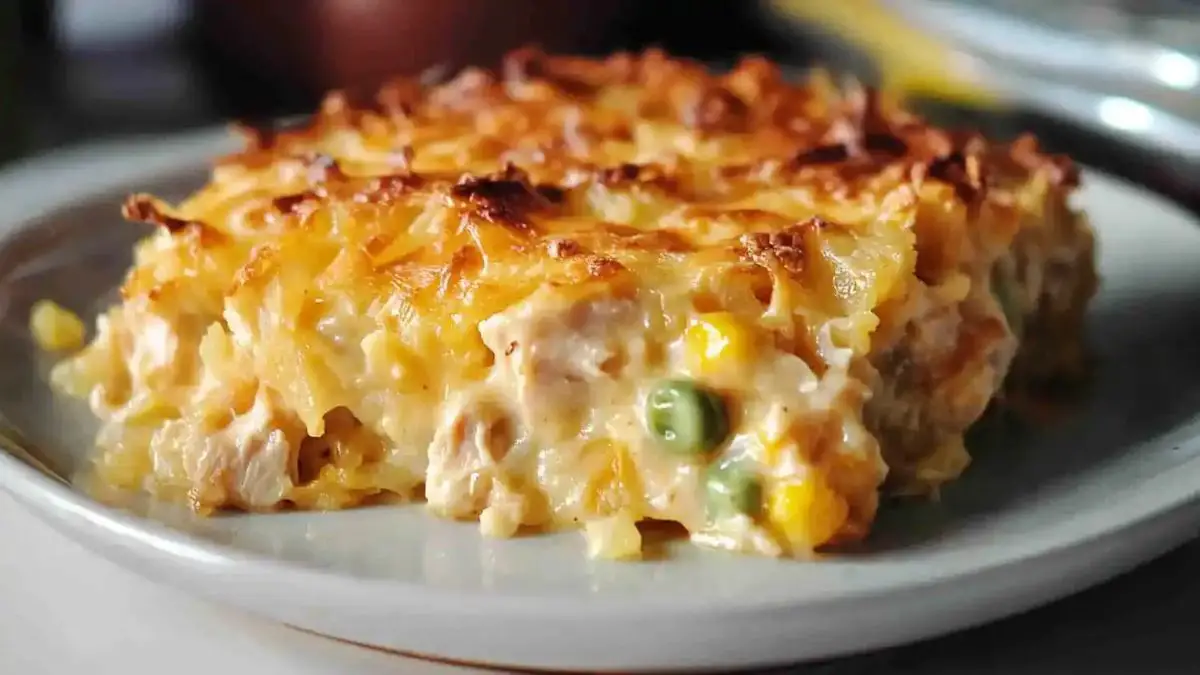Jammy eggs offer a rich, velvety yolk and a tender egg white that transforms an everyday boiled egg into something memorable. This jammy eggs recipe is perfect for those who want a quick, protein-rich meal without sacrificing flavor. Home cooks across the globe have found endless ways to pair jammy eggs with ramen, avocado toast, or a variety of salads.
What makes this style special is the semi-runny yolk, which adds both taste and texture to any dish. Once you try them, you may find yourself making jammy eggs regularly for breakfast, lunch, or even a late-night snack.
Why You’ll Love This Recipe
If you enjoy simple but flavorful meals, jammy eggs will likely become your new favorite. They strike the perfect balance between soft boiled egg and hard boiled egg, achieving a yolk that is creamy yet not fully liquid. This consistency makes them ideal for topping off toast, upgrading a bowl of ramen, or even adding into a fresh salad. Their preparation is straightforward, with minimal kitchen equipment needed. All you truly need is a pot of water, large eggs, a slotted spoon, and a bowl of ice bath to cool them down.
Many recipes for boiled eggs can leave you guessing about timing, but the jammy eggs method is consistent. You follow a clear cooking time, remove the eggs from the hot water with a slotted spoon, and shock them in ice water. This short but precise process allows you to peel boiled eggs without frustration. The shell slips away more easily, and you’re left with a shimmering egg white that gently wraps a jammy yolk.
You will also love how this recipe accommodates any meal plan. Whether you prefer a high-protein breakfast, a low-carb afternoon snack, or a versatile garnish, jammy eggs fit the bill. Their easy prep makes them convenient for meal prep, and they taste fantastic every single time when done right.
Ingredients for Jammy Eggs Recipe
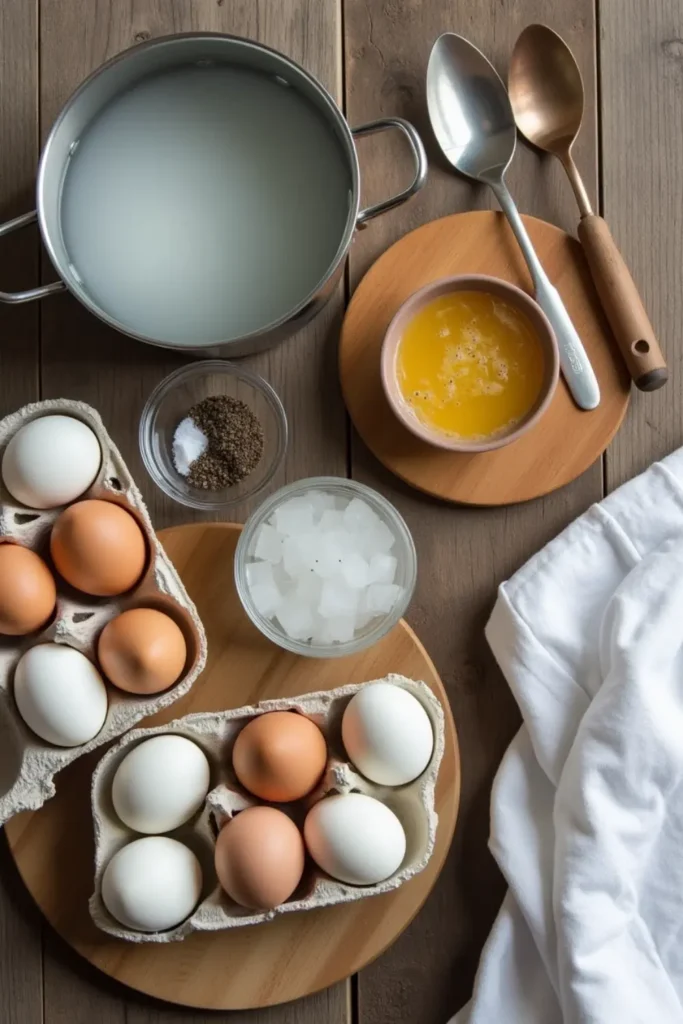
Below is the essential list of ingredients and supplies you need to make jammy eggs. Keep in mind that the core of this jammy eggs recipe is simply high-quality eggs and clean water, but a few optional add-ons can elevate the final product.
- Large Eggs: Aim for fresh eggs of good quality, such as pasture-raised or free-range if possible. Using larger eggs ensures a consistent cooking time. Fresh eggs also have firmer egg whites, helping create a neat shape.
- Pot of Water: You will need enough water to fully cover the eggs. A pot with enough room allows them to boil the whole time without crowding.
- Ice Bath (Bowl of Ice Water): This is vital for stopping the cooking process once you remove the eggs from the boiling water. The ice bath helps keep the yolk jammy rather than overcooking into a chalky texture.
- Slotted Spoon: A slotted spoon is useful to carefully add the large eggs to the boiling water and remove them once the timer goes off.
- Salt (Optional): Some people like to salt the boiling water to help with flavor or to reduce cracking. It’s a personal preference but not strictly required.
- Vinegar (Optional): A small splash can sometimes help prevent the eggs from cracking, though it’s not always needed if you handle the eggs gently.
- Additional Seasonings (Optional): Sea salt, black pepper, or chili flakes can enhance flavor right before serving.
That’s all you need for a simple, foolproof jammy eggs recipe. The beauty lies in its simplicity. With minimal ingredients, you can create a silky yolk and a tender egg white that make these jammy soft boiled eggs absolutely irresistible.
How to Make Jammy Eggs Recipe
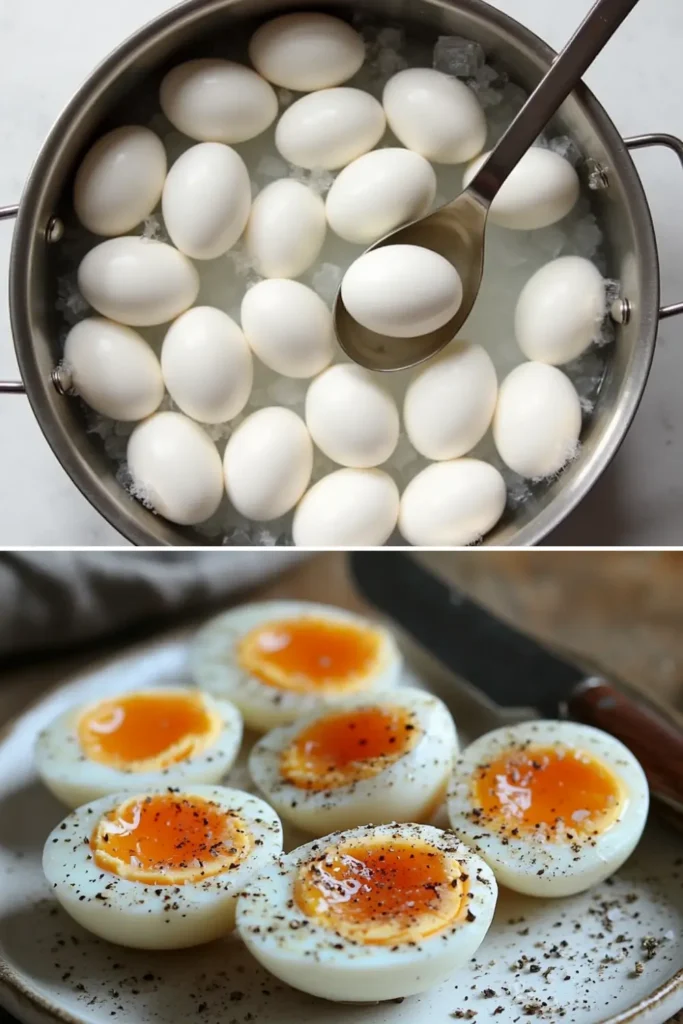
Achieving perfectly jammy eggs is easier than you might think. The key is controlling heat and time. Here is a detailed, step-by-step guide:
Step 1: Gather and Prep Your Materials
- Check Your Eggs: If you’re using cold eggs straight from the fridge, note that cooking time can be slightly affected. Some people like to let the eggs sit out for about 30 seconds to a few minutes to take off the chill, but this is not mandatory.
- Fill a Pot with Water: Bring a large pot of water to a full rolling boil on the stove. Make sure the pot has enough room for all the eggs you’re cooking. Regardless of how many eggs you’re preparing, they should fit in the pot without being cramped.
- Set Up an Ice Bath: While waiting for the water to reach a rolling boil, fill a bowl with ice and cold water. Keep this nearby for when you need to shock the eggs.
Step 2: Carefully Add the Eggs
- Lower the Eggs into the Water: Once the water is boiling, use a slotted spoon to gently place the eggs in boiling water. This helps prevent accidental drops that crack shells. Be mindful as the shells can crack if dropped too quickly.
- Reduce Heat Slightly: You want the water to maintain a steady but not overly intense boil. This balance ensures even cooking and helps reduce the risk of cracking.
Step 3: Set the Timer
- Exact Cooking Time: For a jammy yolk, cook the eggs for 7 minutes. Some people prefer 6 minutes for a slightly runnier yolk, while others go up to 8 minutes for more firmness. The classic sweet spot for jammy yolks is 7 minutes.
- Why 7 Minutes Works: Seven minutes is long enough to set the egg white while leaving the yolk somewhat runny. The transition from soft to jammy to hard boiled can happen quickly, so a timer is essential.
Step 4: Shock the Eggs
- Remove the Eggs from the Hot Water: Once 7 minutes have passed, use your slotted spoon to lift the eggs from the boiling water.
- Immediately Submerge in Ice Bath: Place the eggs in the bowl of ice water to halt the cooking process. This quick chill preserves the jammy consistency of the yolk and also makes peeling boiled eggs easier.
Step 5: Peel the Eggs
- Let the Eggs Rest: Keep the eggs in the ice bath for about 30 seconds to 1 minute, or until the shells feel cool to the touch.
- Gently Crack and Peel: Tap each egg lightly on a hard surface to create cracks along the shell. Some people like to peel the egg under a small stream of water or in the bowl of ice water. Doing so can help the shell separate from the egg white without tearing.
Step 6: Serve and Enjoy
- Check the Yolk: Slice one egg in half to see if the yolk has reached the desired jammy state. If so, you have successfully created jammy eggs with gooey centers.
- Season as Desired: A sprinkle of sea salt and black pepper often complements these eggs nicely. Feel free to add herbs, chili flakes, or even a splash of soy sauce if you want an extra flavor boost.
By following these steps, you will make perfect jammy eggs. The process is consistent every single time once you have mastered the cooking time and the ice bath method.
Serving and Storage Tips
Serving Suggestions
- On Toast: Place a jammy egg on top of buttered toast, mashed avocado toast, or even whole grain bread. The yolk adds a savory, creamy element that pairs well with many spreads.
- In Ramen: Ramen enthusiasts often talk about jammy soft boiled eggs as a must-have topping. Slice the egg in half and place it on top of hot ramen for a flavorful touch.
- Salads and Bowls: Jammy yolks can dress up a leafy salad or a grain bowl. The yolk acts like a rich dressing that coats the greens or grains.
- Breakfast Plates: Pair jammy eggs with crispy bacon or turkey bacon, roasted vegetables, or just about any side dish to create a quick, balanced meal.
Storage and Reheating
- Refrigeration: You can store peeled jammy eggs in an airtight container for up to two days. Keep them refrigerated to maintain freshness.
- Unpeeled Storage: If you prefer storing them unpeeled, place them in the fridge for two to three days. The shell provides an extra layer of protection, keeping the eggs fresher.
- Reheating Caution: Jammy eggs can become firm or overcooked if exposed to high heat again. If you want to warm them up, place them in warm (not boiling) water for about 30 seconds to 1 minute. This gentle approach helps retain the soft yolk without turning it solid.
FDA Refrigerator & Freezer Storage Chart: This chart offers detailed storage times for a variety of foods, helping to ensure safety and quality.
Helpful Notes
- Preventing Cracks: Cold eggs can be prone to cracking when placed in boiling water. Lower them gently and consider turning down the heat slightly to reduce the intensity of the boil. If an egg cracks, you might see white foam, but the egg is still safe to eat.
- Eggshell Peeling Tricks: A fast plunge into ice water helps separate the egg shell membrane from the egg white, making the shell easier to peel. Some people add a spoonful of baking soda or vinegar to the boiling water, claiming it helps the peeling process.
- Differences Between Soft-Boiled and Jammy: Soft-boiled eggs typically have a more liquid yolk, while jammy eggs have a thicker, custard-like center. This recipe sits right in the middle, offering a less runny but still soft center.
- Adjusting Cooking Time: If you like your eggs runnier, go for 6 minutes. If you want them slightly firmer, 7 minutes and 30 seconds or 8 minutes might be ideal. Small changes in cooking time can produce noticeable differences in the yolk’s texture.
- Serving More People: If you plan to prepare many eggs at once, choose a pot that can accommodate them all without crowding. The total boiling time remains 7 minutes regardless of how many eggs are in the pot, but the water might take longer to return to a full boil once you add the eggs.
- Best Ways to Flavor: Simple salt and pepper always work, but you can add a drizzle of olive oil, hot sauce, or even sprinkle fresh herbs like chives or basil for extra flair.
- Meal Prep Ideas: Cook a batch of jammy eggs at the start of the week, then pop them into breakfast bowls, salads, or even ramen whenever you need a quick protein boost.
The Journey of Jammy Eggs: History and Fun Fact (Extended Insight)
While eggs have been a staple in global cuisines for centuries, jammy eggs are a modern twist that capitalizes on precise timing. Different culinary traditions have their own take on half-boiled or soft-boiled eggs, but the jammy version has gained popularity thanks to its use in ramen shops across Japan and later in Western fusion cuisine.
Chefs and home cooks have embraced jammy eggs because they are adaptable. They can be marinated in a mixture of soy sauce, mirin, and spices to create a classic ramen egg (known as ajitsuke tamago). Alternatively, you can keep them plain and let the yolk’s natural flavor shine.
A fun piece of trivia is that many breakfast enthusiasts have replaced traditional hard-boiled eggs with jammy eggs in their morning routine. The reason is straightforward: the creamy yolk feels more gourmet without adding much extra work. Even something as simple as egg salad can become more interesting by using jammy yolks, although it takes a bit of gentle mixing to incorporate everything evenly.
Overall, jammy eggs have garnered attention for being practical and visually appealing. When you slice into a jammy egg, you see a golden center that looks great in photos and tastes even better. This combination of aesthetic and taste has made jammy eggs a mainstay in cookbooks and online recipe collections.
Diving Deeper: Why Timing Is Everything
Eggs are sensitive to seconds, so waiting too long or too little can shift your yolk from jammy to runny or to chalky. By focusing on a strict 7 minute window, you gain consistency. If you use larger eggs than usual, the difference might be slight, but it’s wise to watch carefully. Also, water temperature matters. Always start with a rolling boil before you add the eggs. This ensures your cooking time starts once the eggs are submerged in a heat that won’t fluctuate too much.
Some cooks prefer steaming eggs instead of boiling them. The steaming method can also yield jammy yolks, but the timing might shift by a few seconds or minutes. Steaming is less common but can be gentler if you worry about cracking shells. Either approach can work as long as you remain consistent.
More Serving Ideas for Jammy Eggs
- Egg Salad with a Twist: Chop jammy eggs into bite-size pieces and blend them with mayonnaise, mustard, or Greek yogurt. The thicker yolk creates a creamier texture, making the egg salad feel more luxurious.
- Protein-Rich Breakfast Bowls: Layer quinoa, roasted vegetables, and sliced jammy eggs. Top with a light dressing or a sprinkle of cheese for a complete meal.
- Side Dish for Soups and Stews: Sometimes, a bowl of vegetable soup or lentil stew can benefit from the richness of a jammy egg. Simply place one on top or serve on the side.
- Upgrade to Avocado Toast: Instead of the usual poached egg on your avocado toast, try a jammy egg. Slice it in half, and let the yolk drip over the avocado spread.
- Pasta or Noodle Bowls: Jammy eggs complement dishes like spaghetti carbonara (replacing the raw egg with jammy slices) or other pasta where the yolk can mingle with the sauce.
Cooking Tips for Perfect Results Every Single Time
- Pay Attention to the Start Time: Place the eggs in the water once it’s fully boiling. If you add them before the water is hot enough, you risk uneven cooking.
- Use a Timer: It’s easy to lose track of seconds. A timer keeps you on track so that your yolk doesn’t become too firm.
- Gently Stir (Optional): Some people swirl the water slightly when first adding the eggs, ensuring they don’t rest on the bottom of the pot and overcook on one side. This is optional but can help with even cooking.
- Shell Testing: If you crack an egg and the yolk is too runny for your liking, you can place the remaining eggs back into hot water for an additional 30 seconds or 1 minute. This is a bit tricky, but sometimes it can save the batch if you prefer a firmer texture.
- Altitude Considerations: High elevations can alter boiling points. If you live in a high-altitude area, you might need slightly more time. However, many cooks suggest an extra 30 seconds to 1 minute can help compensate.
- Egg Freshness Check: A quick way to see if your eggs are fresh is by placing them in a bowl of water. If they lie flat, they’re very fresh. If they tilt or float, they might be older. Older eggs can still be used for boiling, but keep in mind they tend to peel more easily. This can be an advantage for jammy eggs, although some say fresh eggs taste better.
___________________________________________
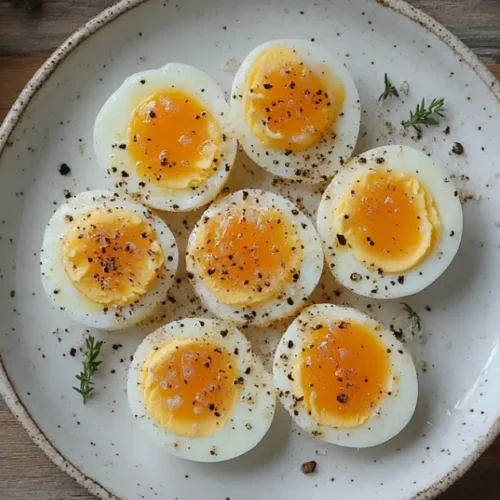
Jammy Eggs Recipe
Ingredients
4 large eggs (preferably fresh, pasture-raised)
Water (enough to fully cover eggs)
Ice bath (bowl of ice water for cooling)
Slotted spoon (for handling eggs)
Optional:
- Salt (enhances flavor, helps prevent cracking)
- Vinegar (optional, reduces cracking risk)
- Seasonings (sea salt, black pepper, chili flakes)
Instructions
Step 1: Boil the Water
- Fill a pot with enough water to fully cover the eggs.
- Bring to a rolling boil over medium-high heat.
- Prepare an ice bath by filling a bowl with ice and cold water.
Step 2: Add the Eggs
- Lower the eggs into boiling water using a slotted spoon.
- Reduce heat slightly to maintain a gentle boil.
Step 3: Cook the Eggs
- Set a timer for 7 minutes for perfect jammy yolks.
- Cook 6 minutes for a softer yolk or 8 minutes for a firmer center.
Step 4: Cool in Ice Bath
- Remove eggs from boiling water using a slotted spoon.
- Immediately submerge them in the ice bath for 30 seconds to 1 minute.
Step 5: Peel the Eggs
- Lightly tap each egg on a hard surface and roll to loosen the shell.
- Peel under running water or in the ice bath for easier removal.
Step 6: Serve & Enjoy
- Slice in half to reveal soft, jammy yolks.
- Sprinkle with salt, black pepper, or chili flakes to taste.
- Enjoy as a snack, in ramen, or on toast!
Video
Notes
- Calories: 68 kcal
- Protein: 6g
- Fat: 5g
- Carbohydrates: 0.5g
- Cholesterol: 186mg
- Sodium: 62mg
Final Thoughts
Jammy eggs stand out for their silky yolk and easy preparation. They elevate simple meals like toast, salads, and ramen with a pleasant texture that’s both smooth and satisfying. The secret is all in the timing: a quick 7 minutes in boiling water, followed by an ice bath, yields a perfect jammy center. These eggs can be stored in the fridge for a short period, so they’re ready to add into your favorite dishes any time. If you’re looking for a protein-rich boost that delivers on taste, jammy eggs might become your go-to option.
Give this jammy eggs recipe a try, share it with fellow food lovers, and let the world see how this simple approach can create something special.
Explore More Delicious Recipes
If you enjoyed diving into the jammy eggs recipe, why not explore more delightful dishes from our collection? Here are some must-try recipes to elevate your cooking adventures:
- Pancake Bread Recipe
- Braided Chocolate Chip Brioche Recipe
- Gipfeli Recipe
- Cinnamon Roll French Toast
- Matcha Chia Pudding
Explore these recipes today to bring more exciting flavors to your table and make every meal memorable!
FAQs
1. How do you make jammy eggs?
Jammy eggs are created by boiling large eggs for around 7 minutes and then plunging them into an ice bath. This technique gives the egg white a fully set texture while keeping the yolk creamy and semi-runny. Make sure the water is at a full rolling boil before adding the eggs, and immediately cool them in ice water when the timer goes off. Peeling them carefully under a bit of running water can help remove the shells more easily.
2. What is the 5 5 5 rule for eggs?
The 5 5 5 rule generally applies to cooking eggs in a pressure cooker or Instant Pot. It involves:
1. Pressure-cooking eggs for 5 minutes.
2. Letting the pressure release naturally for 5 minutes.
3. Cooling the eggs in an ice bath for 5 minutes.
This method helps achieve a consistent texture without overcooking the yolks, producing results similar to soft or medium-boiled eggs, depending on the egg size.
3. How long to boil eggs to get jammy?
If you want a jammy yolk, boil eggs for 7 minutes. This timing allows the egg white to set while leaving the center slightly soft and creamy. Cook them less (about 6 minutes) for a runnier yolk, and closer to 8 minutes if you prefer a firmer—but still not fully hard—center.
4. What is a 7 minute egg?
A 7 minute egg is an egg that’s boiled for exactly 7 minutes, producing a yolk that’s partway between soft-boiled and hard-boiled—often referred to as “jammy.” The egg white becomes completely firm, but the yolk remains soft, rich, and easy to spread or mix into dishes like ramen and salads.
5. Is it 3 minutes for a soft-boiled egg?
A 3-minute boil typically yields an egg with a very soft, runny yolk and a partially set white. This is often called an ultra-soft-boiled egg. If you prefer a center that’s slightly thicker—rather than completely runny—aim for 5 to 6 minutes of boiling time.
6. What is the hardest egg style to make?
Many cooks consider a perfect poached egg to be the hardest style to master, due to its delicate nature and specific water temperature requirements. However, achieving an ideal jammy soft-boiled egg can also be challenging if timing isn’t precise. Regardless of style, controlling cooking time and temperature is crucial to get the desired yolk consistency.

